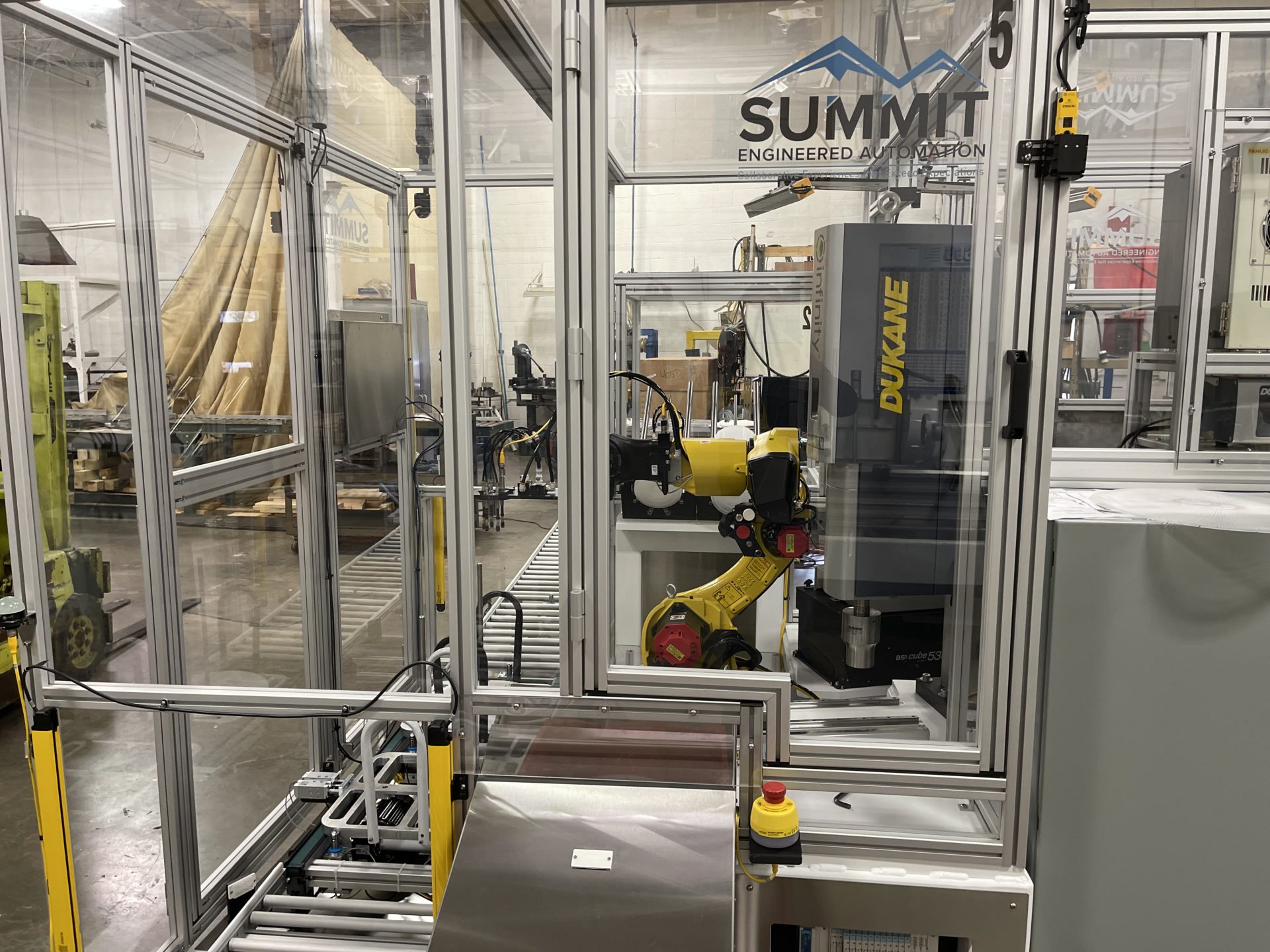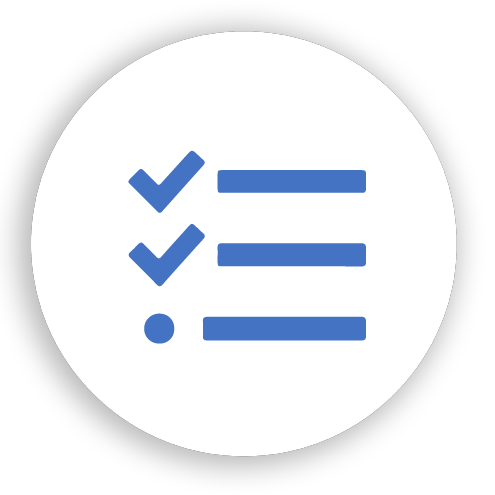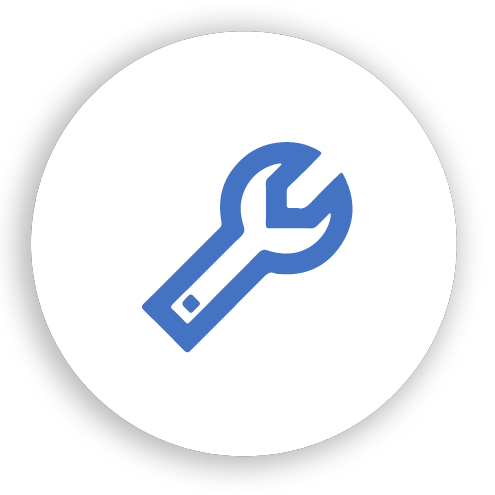
Automation Risk Management
The Summit Agile Process
Early and Extensive Automation Risk Management Keeps Your Automation Project on Time and on-Budget
When clients seek out our automation consulting services and ask us to design and build a new project, we always begin with the tenet that every design/build project is one-of-a-kind. There are no off-the-shelf solutions that will address every aspect of your design requirements. At the same time, we’ll work together early in the process to manage the risk that’s present in any automation project.
We follow the Project Management Institute’s guidelines that “Automation projects require careful planning, tests, and execution. Otherwise, by the time you realize you’ve made a mistake, it could be too late to prevent a business impact.”
Our automation design and build process is different. Our principles emphasize automation risk management and debugging through proof of concepts earlier on — eliminating projects doomed to fail and leading to reduced total automation costs. We partner with your team from beginning to end using these agile methods that focus on iterative early design, collaboration, and transparent project management communications. Altogether this ensures that objectives and your final product are aligned — thus relieving stresses normally associated with projects. We believe this manages risk better than traditional linear project management.
Learn more about our Summit Agile Process

During your custom machine automation project, we’ll help you navigate four challenging risk factors:
1. Technology risk factors
Technology risks can happen with new equipment or products under development. To eliminate this risk, we’ll ensure your team is trained on new technologies.
2. Engineering risk factors
Engineering risks happen with new system architectures, incomplete engineering requirements, leadership shortcomings, or failure to follow industry standards. We’ll help you avoid these risks.
3. Communication risk factors
Communication risks happen within your management team, clients, design team and your project team peers. We’ll avoid this risk by holding regular reviews and producing monthly reports.
4. Planning risk factors
Planning risks happen when your project manager has little to no experience planning automation projects. We’ll ensure your team is led by qualified, deeply experienced professionals.
Finally, we employ the agile project management process across our entire business with an emphasis on reducing risk and building communications.
Our principle objectives:
- Emphasize risk analysis early and throughout
- Enhance communications between all parties
- Ensure the machine exceeds your expectations
- Develop long-term partnerships on multiple projects

Budgeting
Throughout the project, the cost structure and budget for development and bill of materials is visible to you. The cost-effectiveness of custom-integrated automation becomes apparent through our pricing structure and projected ROI.

Project Management
Our philosophy relies on flexibility as well as communication. Our project managers are empowered to make decisions that support common goals and mitigate risk throughout the timeline. We create prototypes for proof of concepts as needed. Transparent project management tools and status meetings ensure there are no unpleasant surprises in cost or delivery.

Implementation
We carefully plan your Factory Acceptance Test (FAT) and work with you to ensure proper transportation and rigging. It is our goal to complete Site Acceptance Testing (SAT) in the shortest possible amount of time.

SUPPORT
We work with you to define the level of support you need. It could be as complex as building in remote diagnostics with cameras to access equipment globally or locally, or simply setting up scheduled preventive maintenance visits from our technicians.
We work with you to define the level of support you need. It could be as complex as building in remote diagnostics with cameras to access equipment globally or locally, or simply setting up scheduled preventive maintenance visits from our technicians.
At the conclusion of your custom machine automation project, after we’ve ensured automation risk management has been properly secured, we’ll deliver the bill of materials and provide a comprehensive spare parts list. When you order spare parts at the time of machine build, we can pass the savings on to you with no additional markup. We want you to be fully prepared when the equipment hits your floor. Explore some of our past industrial automation projects to see examples of how we’ve applied this strategy to help other businesses like yours.
Learn how Summit’s Automation Risk Management Processes Can Lead Your Project to Certain Success.
